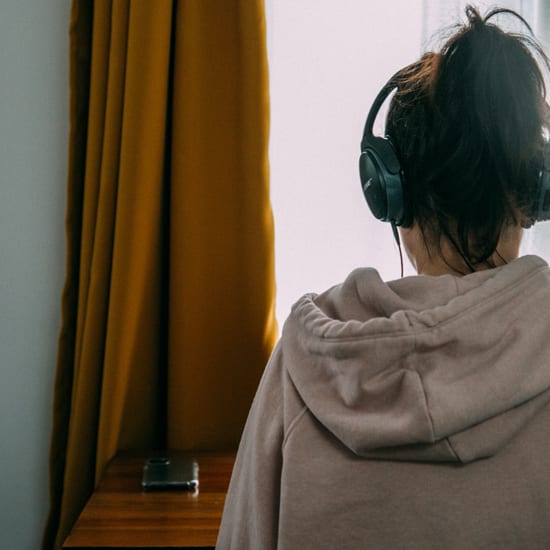5 ways to support school communities experiencing pandemic-related grief
7 in 10
In many ways, the coronavirus pandemic has led to a collective experience of grief in our communities. Too many have experienced the loss of a loved one. But losses of family income, connection to friends, graduation ceremonies, normal daily routines, and even vacations have also taken a significant toll on student mental health.
The impact of these losses is becoming apparent. Reports show that 7 in 10 American youths are experiencing clinically significant depression symptoms since social distancing began.
EAB recommends that district leaders consider taking the following steps to help their students and staff process grief over the coming months.
Recognize grief caused by COVID-19 and promote resources for support
Support mental health and well-being of K-12 students and staff during COVID-19
Superintendents and principals can help their communities recognize and process grief through communications addressing the diverse array of losses caused by the pandemic. For example, Broward County Public Schools are helping students to process their COVID-19 experience by sharing links to videos that address the loss of spring break trips, graduations, hanging out with friends, and even going to church.
Prior District Leadership Forum research has found that asking community members to share their experiences with mental health challenges can help others to recognize their own needs and seek help. This summer is a great time to ask students and teachers to share short videos of their pandemic experience and the coping strategies they are using to stay well.
Consider soliciting videos from your community through email and social media, then sharing those that are appropriate through school social accounts and mass communications. Be sure to include links to resources so that students, families, and staff can get help when they need it.
Help your community process loss through virtual memorials
Sadly, many districts will have experienced the loss of a community member through this crisis. Social distancing has limited the number of attendees permitted at funerals and other commemorative events, but reports show that some students and teachers are still attempting to gather together at times of loss. Districts can help their community grieve while minimizing unsafe gatherings by establishing virtual memorials. These can range from compilations of community-submitted videos to facilitated virtual support groups. While not a true replacement for traditional events of remembrance, virtual memorials provide a necessary space for people to connect and process loss through this difficult time.
Connect grieving students with teletherapy
Quick access to support is crucial for those struggling with grief. To encourage more students and faculty to connect with help, the School District of Philadelphia launched a telephone hotline that provides community members with support for any feeling of loss. While setting up a new virtual grief support program overnight isn’t feasible for all districts, it is important to prominently display and circulate information on existing teletherapy resources, recognizing that many of those needing grief support may not be aware of available programs.
Educate parents and caregivers on signs of grief

With two months until school resumes, and some form of social distancing and remote learning likely to continue in the fall, it is critical that districts provide parents and caregivers with resources to support their children’s mental health.
District outreach and online resource centers should include guidance on how to identify signs of grief, as well as trauma-informed strategies for talking with children about pandemic-related loss.
Loudon County Public Schools developed a training for caregivers that communicates a broader understanding of pandemic-related grief. The webinar is available online for those in the greater school community who are interested in strategies for naming and supporting feelings of grief in students.
Prepare teachers to respond to signs of grief in the fall
While caregivers will support students experiencing loss during time away from school, teachers should also be prepared to address possible resurgences of grief once students return to classes. Districts should train teachers on how to identify signs of grief in students during both virtual and in-person instruction. We also recommend training all faculty and staff on Psychological First Aid and ensuring that teachers are aware of all mental health resources available to students.
Whether directly related to coronavirus, stay-at-home orders, or the economic downturn, many students will have experienced some form of loss during the COVID-19 crisis. Districts should have a plan to help both students and staff process their grief. For more strategies to support student mental health when returning to the classroom, download EAB’s toolkit: Supporting Students with a History of Trauma.
You may also like
What your school board needs to know about police in schools
As the nation grapples with systemic racism, expect a conversation around school policing. Here is what district leaders need to know.
More Blogs

From building managers to strategic leaders

From cell phones to STEM: What district leaders are focused on right now
